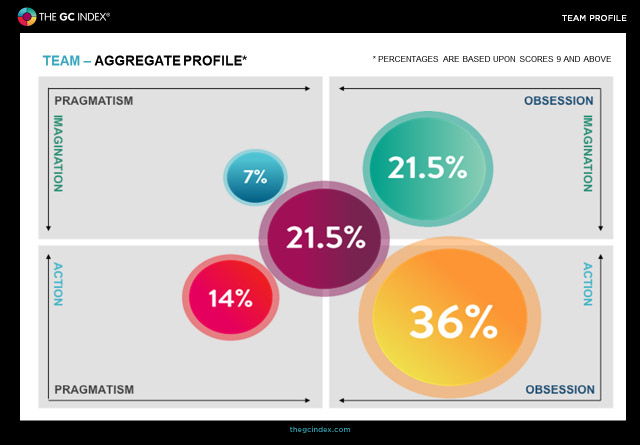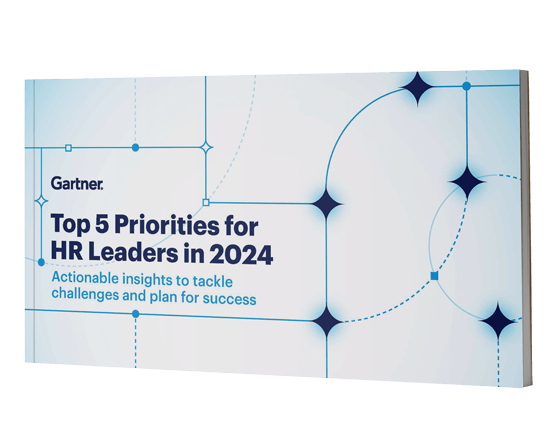Candidate Selection with The GC Index®
Candidate selection has long been a gamble with current recruitment processes failing to place the right person in the right role often enough. This bodes heavily upon the future of recruiters who are well aware that they should be coming up with the right hire all of the time.
Failure to do so leaves them struggling to come to the fore in what has always been a very competitive market.
What is candidate selection?
Candidate selection should be about finding the right person for a job. It involves many steps, like looking at resumes, interviewing candidates and deciding who to hire. Employers usually have a plan for how they pick candidates:
- First, they look at the job and write down what they need in a job description.
- Then, they try to find people who might be interested in the job through ads or referrals.
- Next, they review resumes to see if candidates have the right skills and experience.
- They might also use tests to learn more about a candidate’s abilities and personality.
- After that, they talk to candidates in interviews to see if they’re a good fit for the job.
- Then, they check references to make sure candidates are telling the truth about their past jobs.
- Finally, they make a decision based on what they’ve learned about the candidates.
Employers usually look at things like a candidate’s qualifications, work experience, skills, and personality traits when deciding who to hire. Sometimes, they use tools like tests and interviews to help them make the best choice.
Clients look to recruiters to carry out the candidate selection process for them, unable to do it themselves.
They are looking for a recruitment company that has the knowledge and experience, combined with sufficiently robust processes to produce the right candidate. When this goes wrong, all three parties are left dissatisfied; the recruiter, the client and the candidate.
It could be that the candidate will stay in the role for a short time but as they begin to see that they are not in the role that they thought they would be, their energy wanes and in turn performance declines.
This cannot continue to happen.
Recruiters need to do something different. Clients are looking for true value and recruiters need to find ways of providing this. Doing the same thing repeatedly only brings the same old results. By churning out candidates using the traditional selection methods, even with the latest and greatest technology, things cannot improve. Let’s take a look at the current recruitment framework which follows the three-step process:
1. Skills: having the ability to carry out the tasks required to carry out the role
2. Experience: showing demonstrable experience of successfully delivering previously
3. Cultural Fit: appearing to have the necessary personality, behaviour and values to fit in with the existing organisational culture
This method has to change if recruiters are going to differentiate themselves within this constantly challenging sector. But how do you do this, providing clients with exactly what they want when they want it?
It’s all about providing outstanding levels of client satisfaction. Making use of current selection processes criteria based upon skills, personality and experience does not give full picture nor the required results for today’s world of work.
Clients are looking for a better hire and recruiters need to produce this by locating that elusive missing link, that fourth element that will assess their personal impact and contribution.
Impact and Contribution go together, illustrating how a candidate will make use of their skills, personality and experience when part of a team. This provides vitally important insight into the preferences they have when making an impact upon and contribution to an organisation.
Adding the fourth Dimension
This 4th missing element – impact and contribution completes the picture; it marries perfectly with the already existing traditional elements. It enhances the candidate selection process by providing a 360 degree view of the person under the microscope. Recruiters can use it to empower clients to produce a far more accurate candidate specification.
This sounds all well and good, but how can prospective candidates up for selection be assessed with regards to impact and contribution? Enter front of stage The GC Index®, a powerful new model that takes care of this simply and efficiently. It provides a nuanced insight into each individual that is congruently simple to understand and highly relatable.
When used during the recruitment process, The GC Index adds to the current traditional framework, enabling HR to assess the impact and contribution they require from the candidate within a set role. They can now evaluate how they will perform as part of a team and can benchmark them against set criteria.
Candidate selection with the GC Index® in practice
The best way of identifying how the GC Index® will work in practice is to focus on a case study.
Background – the client is looking to recruit for the role of Creative Director. This person will be responsible for a team, developing and taking new products to market.
Solution – this task was broken down so that we could clearly identify the sort of impact and contribution the candidate would need to make to the organisation.
We then conducted a ‘team profile’, assessing each member of the current team using the GC Index model which categorizes them like this:
1. Have a great idea (The Game Changer)
2. Make sense of it (The Strategist)
3. Get it done (The Implementer)
4. Make it brilliant (The Polisher)
5. Work together to achieve it (The Play Maker)
This produced a personal profile for each person:

With this data in hand, we were now able to combine the separate elements, producing an accurate interpretation of the strongest proclivities currently within the team.
From the diagram above, you can clearly see that the dominant traits are as follows:
• Working together – (Play Maker aggregated score of 21.5%)
• Creating new ideas (Game Changer aggregated score of 21.5%)
• Making them the best they can be (Polisher aggregated score of 36%)
Already we can see that the existing team tend to be inventive and collaborative with a perfectionist streak.
They have lower scores when it comes to making good sense of new ideas (Strategist aggregated score of 7%) and getting things done (Implementer aggregated score of 14%). The suggestion is that they struggle to follow-through on creative projects, sometimes getting too focused on the details and not actually implementing.
Prospective candidates – we can now turn our attention to applying The GC Index® model to the candidates. We could see that:
• Candidates with low scores for Game Changer, Play Maker and Polisher may struggle to integrate into this team.
• Candidates with high scores for Implementer will help to fill the functional gap which is currently holding the team back.
Candidate selection would therefore be most accurately determined by choosing the candidate that will be ideas and task focused, well able to bridge the gap between invention and execution.
This brings us to assessing each of the prospective candidates for impact and contribution using The GC Index®.
This produced this data:

The report shows that although all three candidates possessed the skills, experience and personality to take on the role of Creative Director, the GC Index enabled us to set them apart:
1. Candidate 1 – offered more the skills already present. Because their personal profile is similar to the team profile, they would only reinforce the current dynamic.
2. Candidate 2 – possessed creativity plus ability to bring people together and make things happen. They offered a strong fit with regard to the impact and contributions required.
3. Candidate 3 – strong score when it comes to ideas, people and tasks but low score for polishing and implementing, hence they may not have the attention to detail or follow-through required to successfully integrate into the team.
Results – based upon the information provided by The GC Index, candidate 2 was selected for the role of Creative Director.
HR could now be confident that they had been provided with a successful hire, thanks to the insight generated by The GC Index® model. This recruiter was delighted with the results and continues to make use of The GC Index® when carrying out candidate selection.


